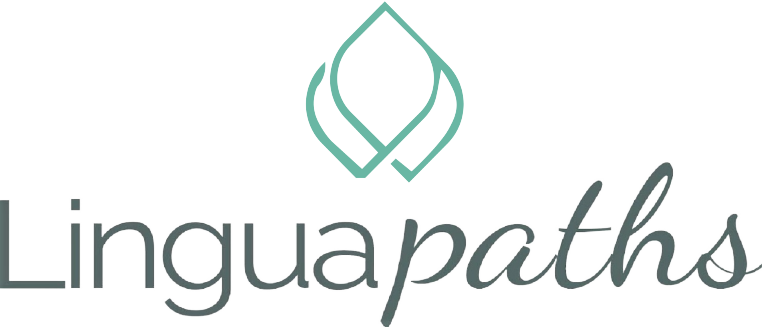Twitter as a tool in language teaching and learning
I started using Twitter actively not so long ago. I created my account some years ago but I had not found its usefulness up until very recently. A friend of mine helped me to learn how to use it in order to take full advantage of it. This is how I started creating my lists: language learning and teaching, news, culture, etc. and following accounts in the different languages I speak, teach and learn. Now I see Twitter as a very valuable information tool for my professional development and, also, as a way of sharing information and keeping the information channel open with my students, other teachers, friends and followers, both my Facebook and Twitter followers, since my two accounts are linked.
I began getting used to reading articles and watching videos about subjects that interest me in French, English and Spanish, my first language. As a language teacher, I see a lot of language learning and practice potential in this possibility and as a tool that could be incorporated to many language courses or for those people who do self-directed language learning .
The posible applications are various and varied. The lists, in this case, are key. They can be created following different categories like, for example:
• Accounts that publish podcasts (audio files).
• Accounts from different news media
• Accounts related with the business field one belongs to or the one we work in.
• Scientific or academic publications
• Accounts from organizations dedicated to language learning and teaching in particular. For instance, British Council or BBC Learning for English language learning.
• Teachers’ accounts or professionals related with language teaching and learning.
Ideally, each one will find different classifications depending on one’s likes, preferences and the utility that we give to our Twitter accounts. I believe that the interesting thing would be to find it enjoyable and to do it with a real interest in being informed and updated, and not as part of our daily chores. This way, we transform it in a more “natural” and less structured type of learning.
